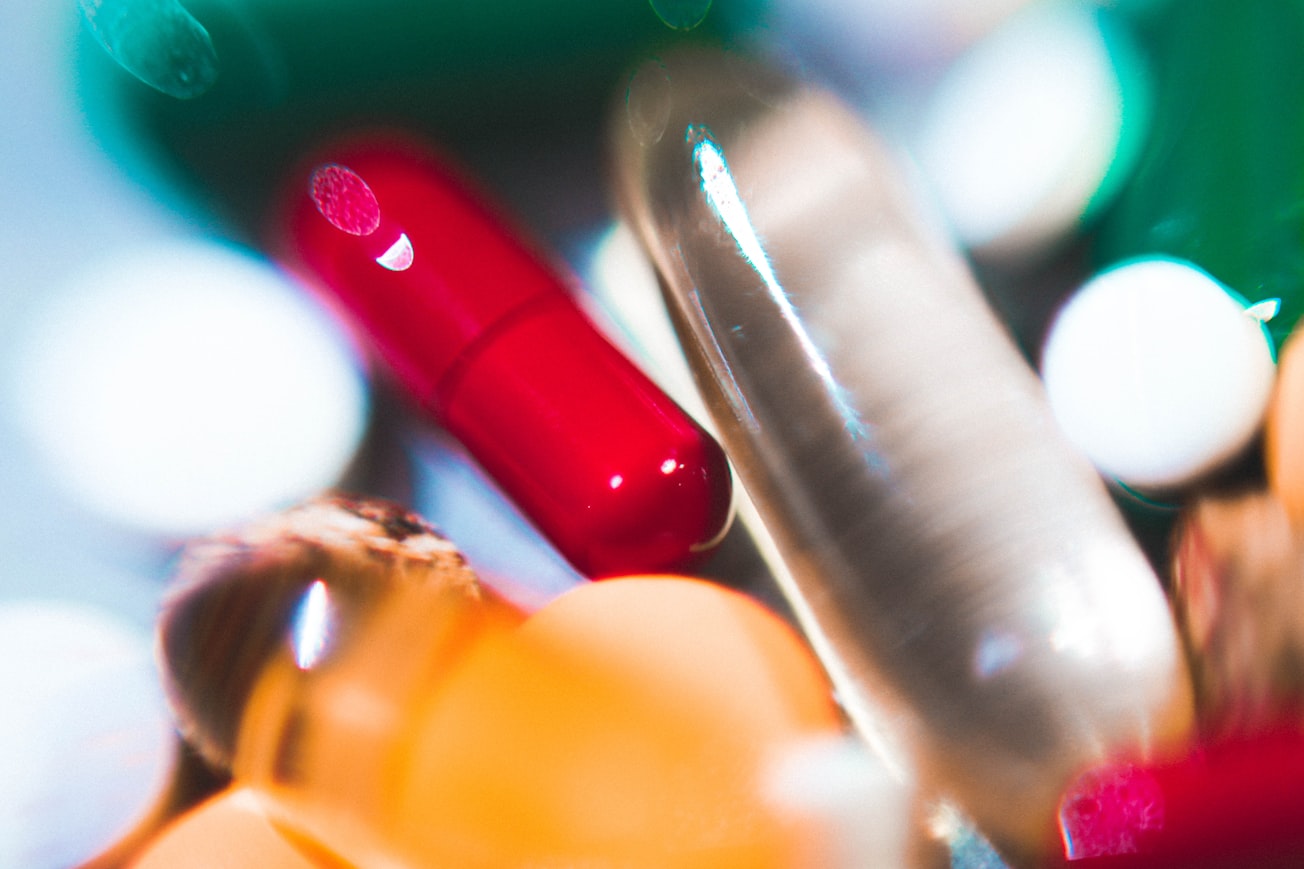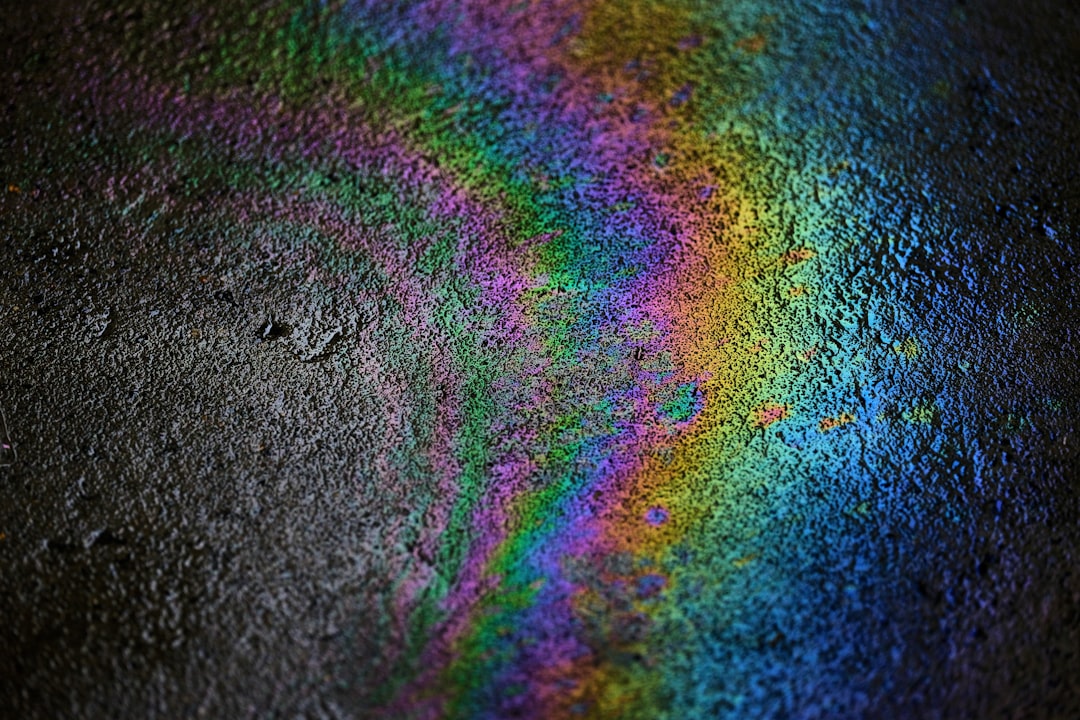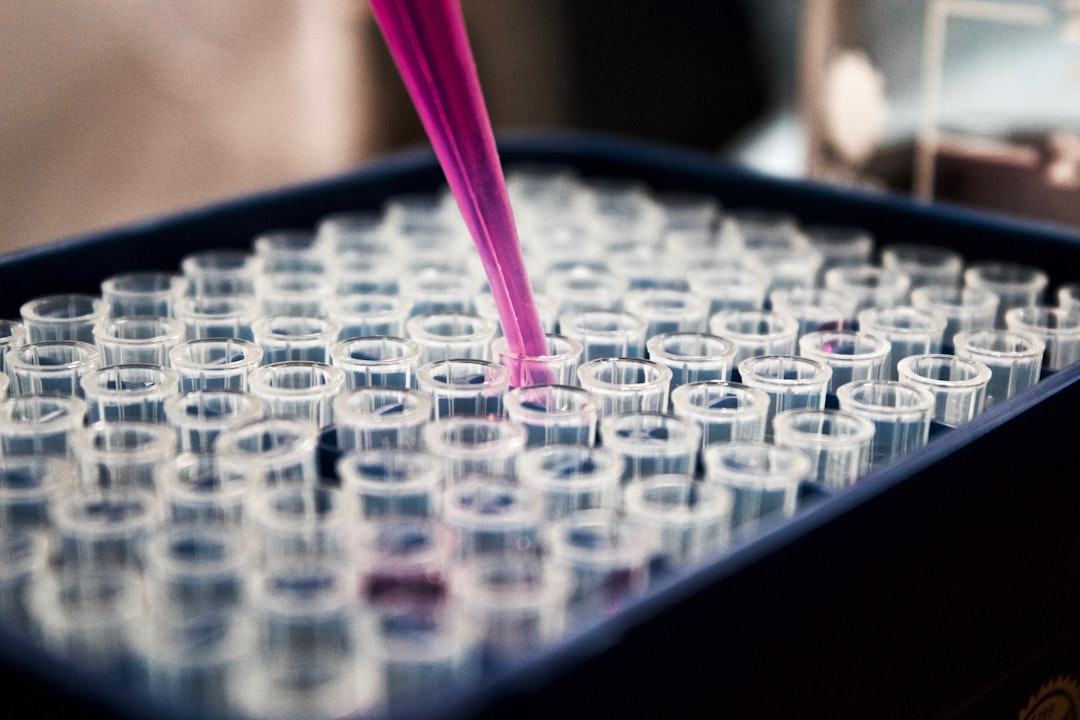What is it about?
This research paper addresses the hypothesis that Water Kefir grains can be used as absorbers of metal ions and reports the first application of the Water Kefir grains as a protective tool against toxicity by heavy metal ions. The aim of this study is to evaluate the concentration of heavy metal ions in several Water Kefir solutions during the fermentation process under various conditions. Two colonies of Water Kefir grain were used, and the concentrations of Cd, Co, Cr, Cu, Mn, Ni, Pb, Ba, and Ca were measured in Water Kefir grain solutions at different contact times (0, 24, 48, and 72 hours), different pH values in citric and acetic buffers, and different Water Kefir grains/metal solution ratios, with and without sucrose (5%). Optical emission spectroscopy was used to measure the concentrations of metal ions. Among the tested experimental conditions, the best combination for pollution abatement is sucrose (5%), contact time 24 hours, starting pH = 4.5, acetate buffer, and Kefir grains/metal solution ratio 1 : 1. In these conditions, the heavy metal abatement by Water Kefir grains is particularly effective for Cr and Pb (70%) and good for Cu, Ni, and Mn (50%).
Featured Image

Photo by Anastasia Dulgier on Unsplash
Why is it important?
In conclusion, Water Kefir grains revealed to be an efficient adsorber/biosorber of metals in the studied and optimized conditions (in particular for Cr, Pb, Cu, Ni, and Mn ions). Moreover, the proposed study represents an efficient procedure to determine the concentration and the abatement of metal ions in fermented drinks whose fermentation is started with solid Water Kefir grains. The present work demonstrates a possible use of Water Kefir grains on polluted water by heavy metal ions for an efficient and safe purification.
Perspectives
EPR measurements on kefir sample in different conditions with different metal ions
giorgio volpi
Universita degli Studi di Torino
Read the Original
This page is a summary of: Pollution Abatement of Heavy Metals in Different Conditions by Water Kefir Grains as a Protective Tool against Toxicity, Journal of Chemistry, January 2019, Hindawi Publishing Corporation,
DOI: 10.1155/2019/8763902.
You can read the full text:
Resources
Contributors
The following have contributed to this page










